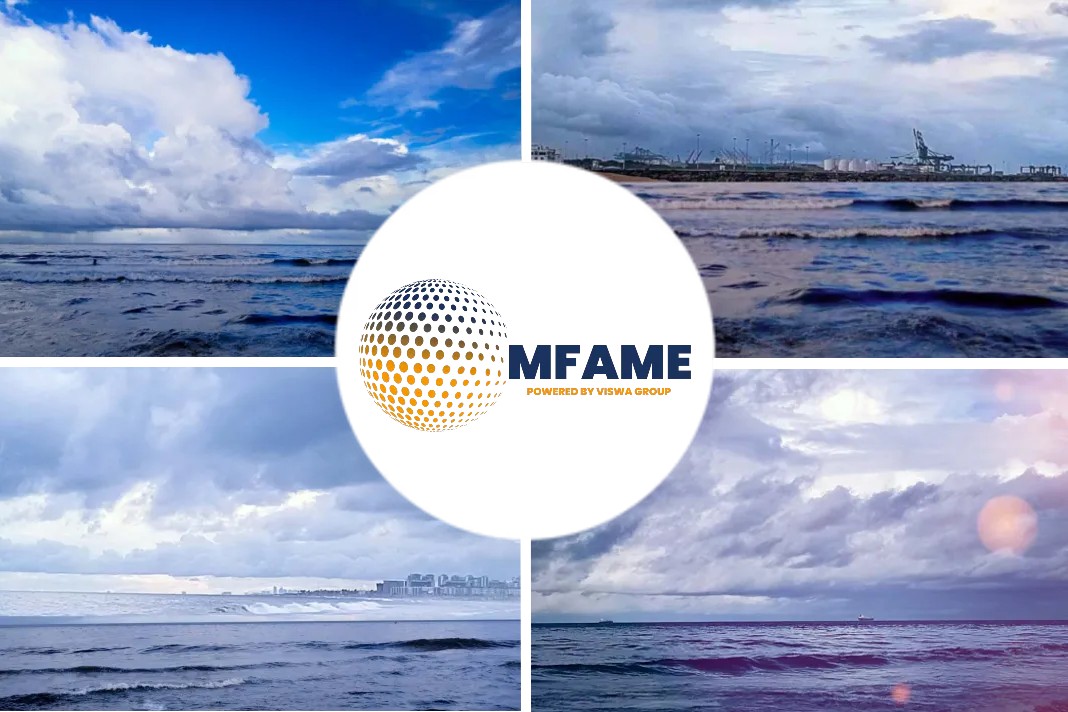Notwithstanding any other provision in this Charter Party, the Owners and the Charterers (the “Parties” and each individually a “Party”) agree as follows:
“Emission Allowances” means an allowance, credit, quota, permit or equivalent, representing a right of a vessel to emit a specified quantity of greenhouse gas emissions recognised by the Emission Scheme.
“Emission Scheme” means a greenhouse gas emissions trading scheme which for the purposes of this Clause shall include the European Union Emissions Trading System and any other similar systems imposed by applicable lawful authorities that regulate the issuance, allocation, trading or surrendering of Emission Allowances.
(a) The Owners and the Charterers shall co-operate and exchange all relevant data and information in a timely manner to facilitate compliance with any applicable Emission Scheme and enable the Parties to calculate the amount of Emission Allowances in respect of the Vessel that must be surrendered to the authorities of the applicable Emission Scheme for the period of the Charter Party.
(b) The Owners shall monitor and report the relevant greenhouse gas emissions of the Vessel for verification by an independent verifier in accordance with the applicable Emission Scheme.
(c) (i) Throughout the Charter Party period the Charterers shall provide and pay for the Emission Allowances corresponding to the Vessel’s emissions under the scope of the applicable Emission Scheme:
(1) Within the first seven (7) days of each month, the Owners shall notify the Charterers in writing of the quantity of Emission Allowances for the previous month; and
(2) No later than fourteen (14) days prior to the expected date of redelivery the Owners shall notify the Charterers in writing of the estimated quantity of Emission Allowances for the final month or part thereof.
(ii) The Owners’ notifications in subclause (c)(i) shall include the relevant calculations and the data used to establish the quantities.
(iii) Within seven (7) days of notification under subclause (c)(i), the quantity of Emission Allowances notified by the Owners above shall be transferred by the Charterers and received into the Owners’ nominated Emission Scheme account. If the estimated quantity of Emission Allowances for the final month or part thereof is higher or lower than the actual quantity calculated by the Owners as at the time and date of redelivery, any difference in Emission Allowances shall be transferred by the Charterers or returned by the Owners, as the case may be, and received into the nominated account of the receiving Party within seven (7) days of written notification from that Party.
(iv) During any period of off-hire, the Charterers shall have the right to offset against any Emission Allowances due or require the Owners to return a quantity of Emission Allowances equivalent to the emissions that the Charterers would otherwise have been responsible for, had the Vessel remained on hire.
(d) If the Charterers fail to transfer any of the Emission Allowances in accordance with subclause (c), the Owners shall, by giving the Charterers’ five (5) days’ notice, have the right to suspend the performance of any or all of their obligations under this Charter Party until such time as the Emission Allowances are received in full by the Owners. Throughout any period of suspended performance under this subclause, the Vessel shall remain on hire and the Owners shall have no responsibility whatsoever for any consequences arising out of the valid exercise of this right. The Owners’ right to suspend performance under this Clause shall be without prejudice to any other rights or claims they may have against the Charterers under this Charter Party.
BACKGROUND
Emission trading systems (ETS) are “cap and trade” schemes that permit the emission of greenhouse gases in exchange for allowances. Over time the quantity of allowances available to industry are reduced as an incentive to reduce emissions through increased efficiency and the use of alternative fuels.
The world’s largest ETS is operated by the European Union who have recently added the shipping industry to their scheme as part of the “Fit for 55” package. In the absence of a “global” scheme, other countries may also develop their own ETS soon.
The ETSA Clause follows the “polluter-pays” principle by ensuring the pass-through of ETS costs to the commercial operators of vessels – in this case, the time charterers.
The fundamental principle behind the clause is that it requires both parties to the charter party to cooperate and collaborate.
Did you subscribe to our daily newsletter?
It’s Free! Click here to Subscribe!
Source: Bimco



















